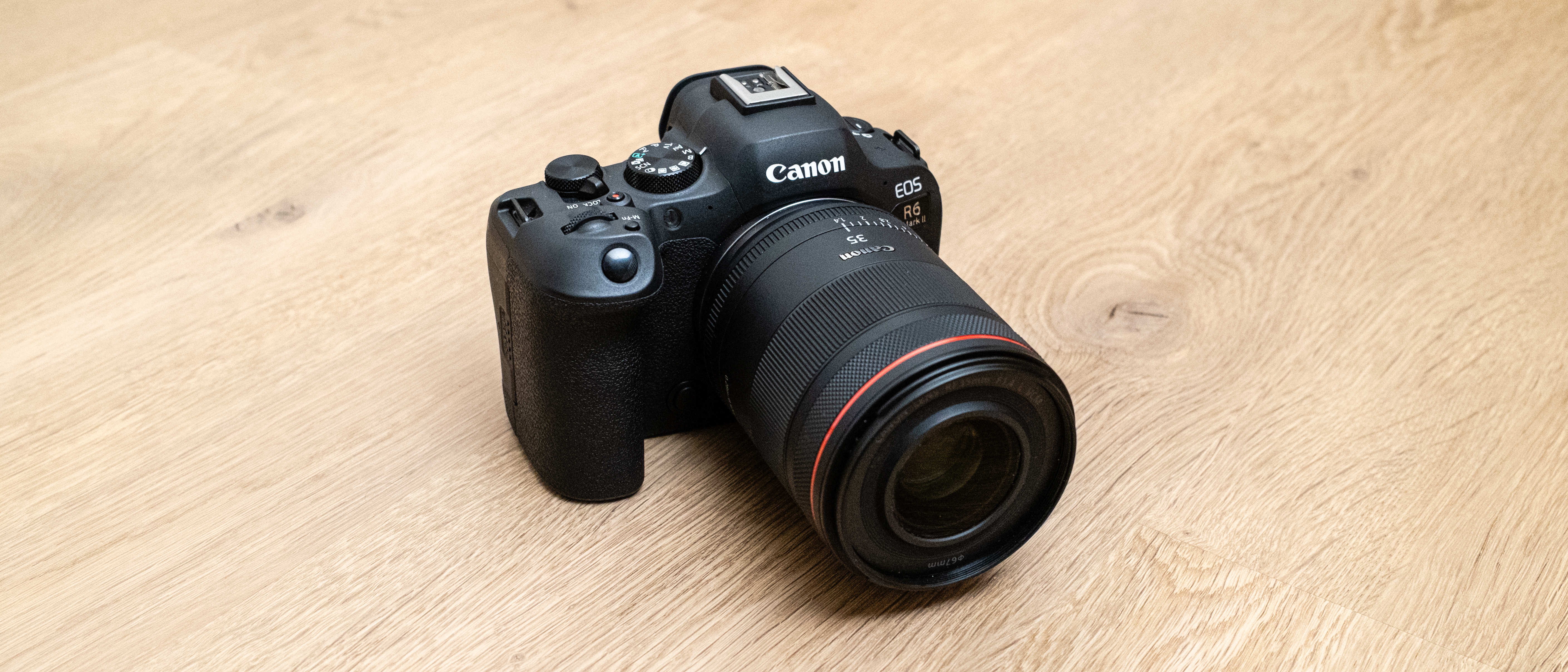Mercury and Venus will be at their closest until 2033 tonight, but may be hard to spot
They won't be closer until Nov. 5, 2033.

If you're up for an observing challenge, Venus and Mercury will meet in the night sky Friday (May 28) for their closest encounter until Nov. 5, 2033.
The pair of planets will be visible low in the western sky for roughly 30 to 40 minutes after sunset, according to EarthSky. Observing will be tough given you may be competing with buildings and air pollution to see the planets, so bring binoculars if you can.
Sky & Telescope suggests looking west-northwest and starting with the bright stars Pollux and Castor, which are the heads of the Gemini constellation "twins." Slightly below Pollux and to your left, assuming you're gazing with the naked eye, you'll see Mars.
The brightest planets in May's night sky: How to see them (and when)
Follow the right-hand side of Gemini towards the horizon, and just below and to the right, you should see Mercury and Venus a mere 0.4 degrees apart. (As a bonus, the bright red star Betelgeuse is just barely above the horizon, so you may be able to see that too.)
You'll more likely see Venus first as it's shining at a brilliant magnitude -3.8, similar to the International Space Station at its best. "Mercury has dwindled to a mere magnitude +2.3, only 1/275 as bright," Sky & Telescope said. "So bring binoculars or a telescope to pick Mercury out of the skyglow."
The planets will remain relatively close in the sky for a few days, before Venus continues to climb away form the sun and Mercury sinks into the horizon. Mercury will reappear as a morning "star" in late June or early July 2021, EarthSky said, while Venus will remain an evening "star" through 2021.
Get the Space.com Newsletter
Breaking space news, the latest updates on rocket launches, skywatching events and more!
Conjunctions like the Venus-Mercury encounter are regular events in the sky as the planets line up with Earth in their respective orbits. Over the Memorial Day weekend, there are a couple of other night sky events you can enjoy: a double shadow transit on Jupiter (Friday, May 28) and a gibbous moon near Saturn and Jupiter in the predawn sky of Monday (May 31).
Follow Elizabeth Howell on Twitter @howellspace. Follow us on Twitter @Spacedotcom and on Facebook.
Join our Space Forums to keep talking space on the latest missions, night sky and more! And if you have a news tip, correction or comment, let us know at: community@space.com.

Elizabeth Howell (she/her), Ph.D., was a staff writer in the spaceflight channel between 2022 and 2024 specializing in Canadian space news. She was contributing writer for Space.com for 10 years from 2012 to 2024. Elizabeth's reporting includes multiple exclusives with the White House, leading world coverage about a lost-and-found space tomato on the International Space Station, witnessing five human spaceflight launches on two continents, flying parabolic, working inside a spacesuit, and participating in a simulated Mars mission. Her latest book, "Why Am I Taller?" (ECW Press, 2022) is co-written with astronaut Dave Williams.
